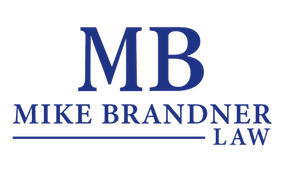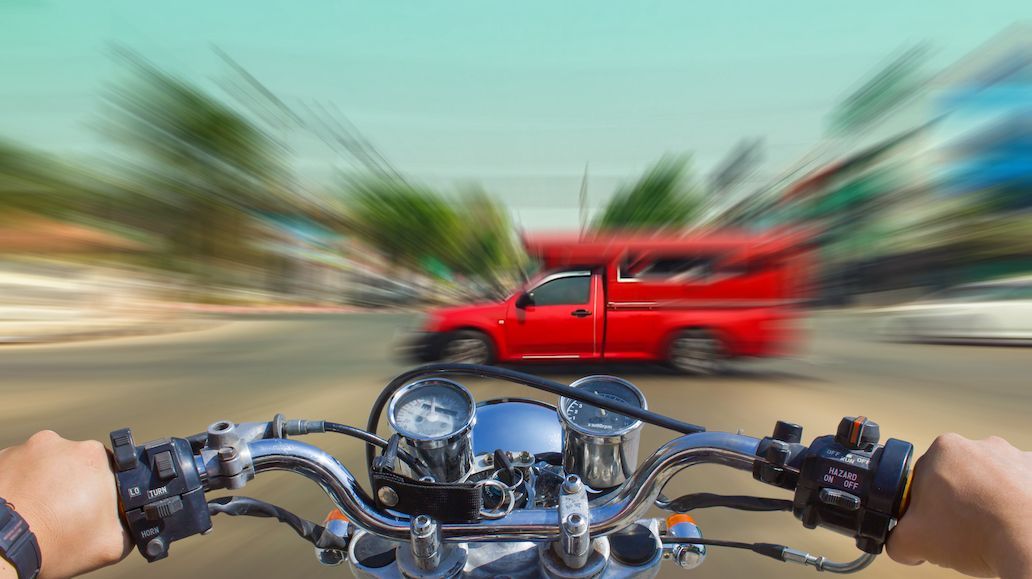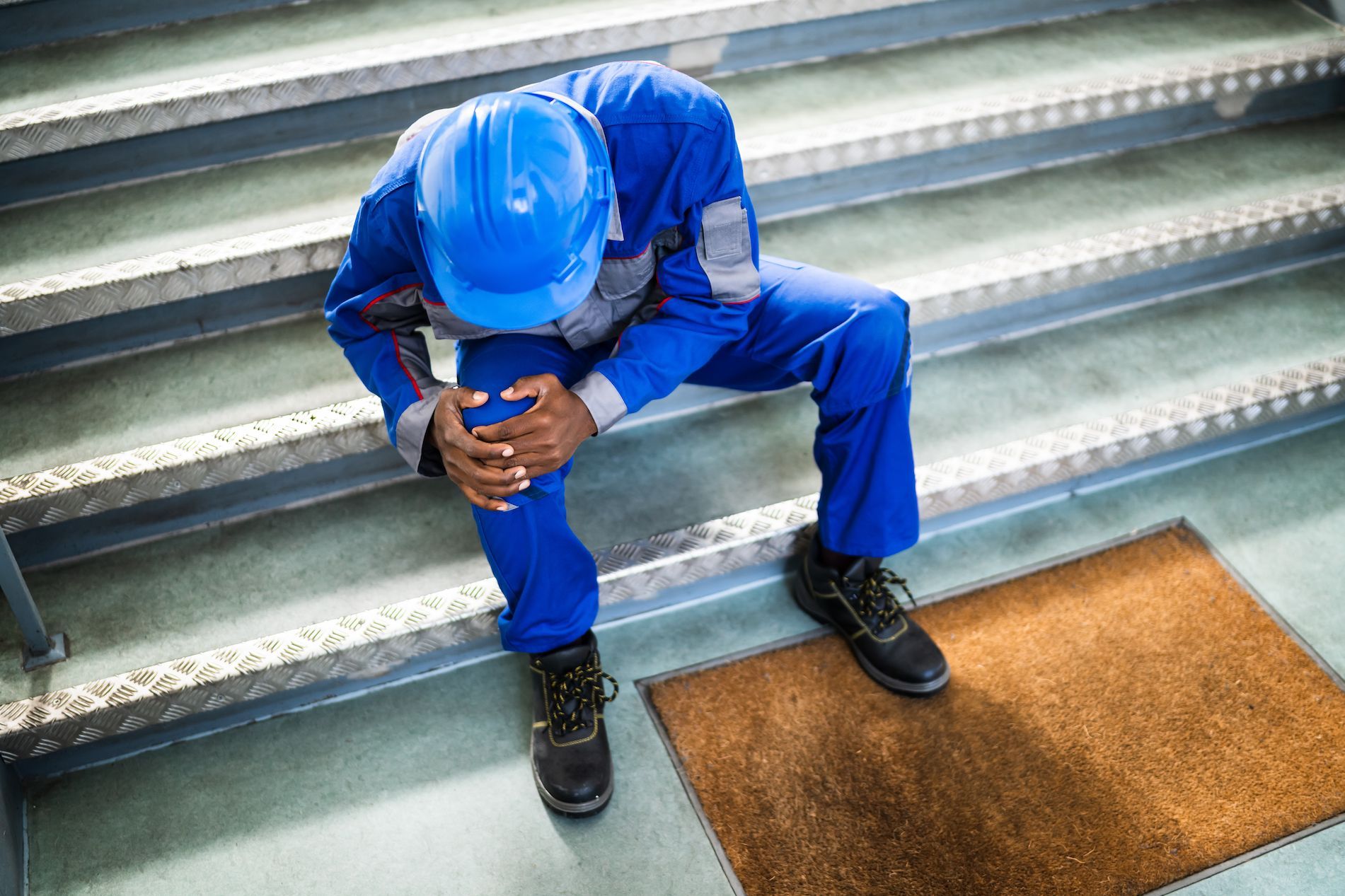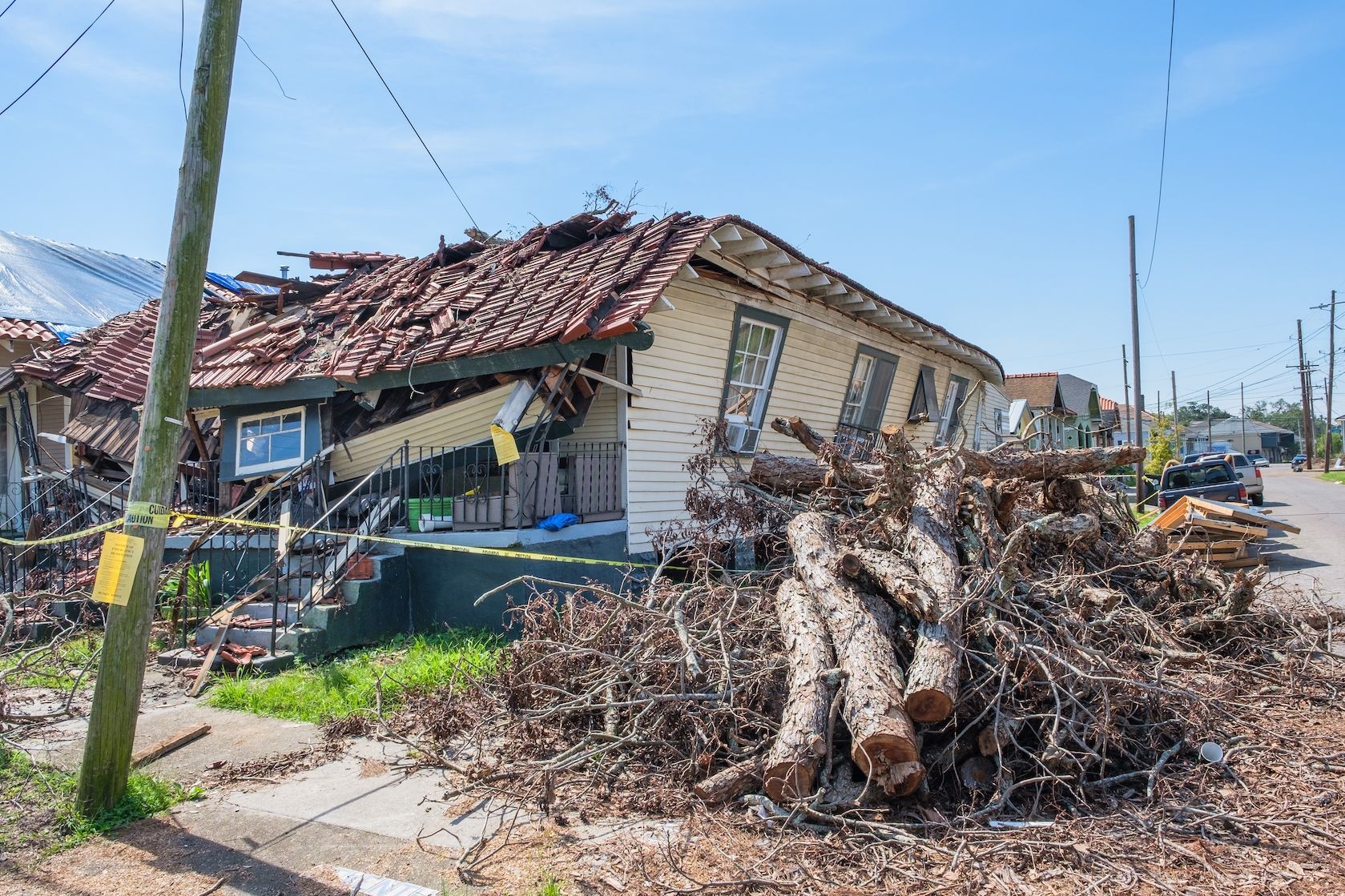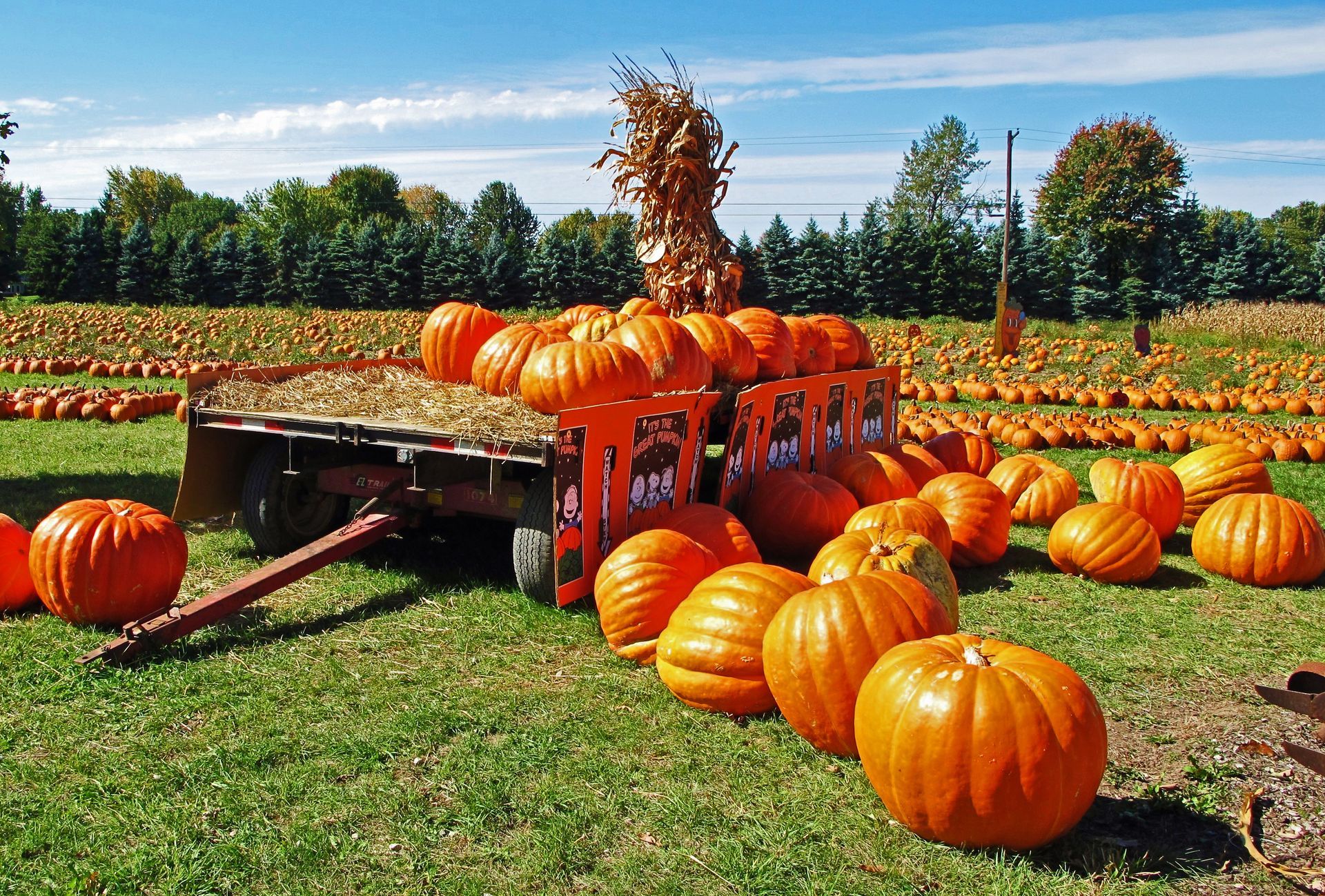Safely Avoid Flash Floods in New Orleans
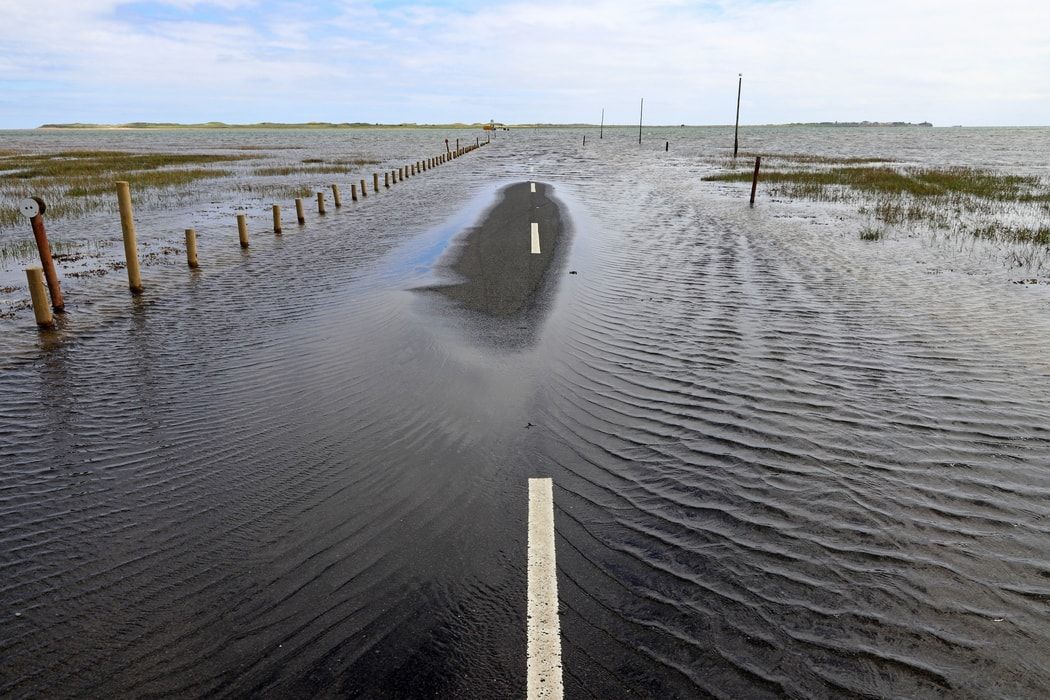
New Orleans is infamous for a lot of things, including flooding. The city lacks adequate drainage and rests well below sea level, creating a bowl effect when the rain falls.
If you are not careful and well-prepared, you might be caught in a deadly flash flood in the Crescent City. Such incidents are no one’s fault but for Mother Nature, while others are directly or partially attributable to the carelessness (negligence) of others. If you suffer injuries in any way during an auto accident or other accident and suspect another party or institution is even slightly responsible, contact our accident lawyers in NOLA right away.
Follow the tips outlined below to avoid flash floods, stay safe during rainstorms and mitigate the damage when you have no other option but to drive through flooded streets.
What to do During a New Orleans Flash Flood
Fast rising water will do more than make it difficult to control your vehicle. Rising water has the potential to move right into your vehicle in as little as a few minutes. If the water level starts to rise amidst a heavy downpour, your best course of action is to turn around. If you proceed through the flash flood, you could lose your vehicle and your life.
In some situations, turning around is not an option as the vehicle is fully surrounded by water. If the water rises to the point that you end up trapped in your vehicle, do your best to pinpoint a pocket of trapped air, typically against the roof or rear window. Slowly roll down the closest window, breathe in deeply and prepare to swim.
If the window does not open, break it with a tire pressure gauge, flashlight or Swiss Army knife. Once you emerge from the vehicle, continue to swim as opposed to wading. Do not underestimate the power of floodwater. The force of floodwater is enough to trap your vehicle or cause it to float, so an attempt to walk or wade through it will likely backfire in a big way. It takes merely half a foot of moving water to knock you down. If you fall forward, you might drown prior to regaining consciousness.
If you have any kids in the vehicle, be hyper-aware of their status. Little ones find it especially challenging to remain upright amidst floodwater. Carry your child or infant to prevent a fatality.
The Best Strategies for Driving During a Flash Flood
If the floodwater has not submerged or carried your vehicle away, it might be possible to continue driving. If any barricades are up, do not simply drive past them. Pay close attention to each barricade and proceed accordingly. If you encounter a large pool of standing water in the road or parking lot, do not attempt to drive through it. It only takes about a foot of moving water to sweep the average vehicle off the road or highway. Driving through water might also stall your engine to boot. Further, an attempt to restart a water-logged engine might cause irreparable damage.
Your best course of action upon encountering a flooded street is to find an alternate route. If an alternative route is not available and your sole option is to drive through the pooled water, look around to determine how (or if) other drivers are moving through the water. Try to gauge the water’s depth to get a sense of how bad the flooding is.
Proceed at a slow and steady pace. Be mindful of the fact that driving through water with fallen power lines poses a heightened risk as electric currents move through water with ease. Keep an eye out for large items moving downstream as they have the potential to crush or trap you, your vehicle, and your family.
Resist the Temptation to Make a Call
Reaching for your phone is a grave mistake. The wireless networks will be overloaded with calls to 911, police, friends, and family during this emergency. The only reason to make a phone call is to report a severe injury or reach out for assistance if you find yourself trapped. However, those trapped in their vehicle amidst rising water will find time is limited. Do not remain inside your vehicle if it does not restart and the water is rising. You can replace your vehicle, yet you only have one life to live. Exit your vehicle and find your way to higher ground without delay.
Never Pull Over!
It might seem logical to pull over to the side of the road, turn off the engine and flee to safety on foot. However, pulling over on a road or highway is extremely dangerous as the heavy rain makes it difficult for other drivers to see you and your vehicle.
The injuries and vehicle damage caused by your attempt to pull over to the side of the road during heavy rain could be worse than the damage caused if you remained in the flash flood. Continue driving at a steady speed. Do not give in to the temptation to pull over until you have safely exited the highway. Then, try to find a parking lot at a high elevation with few vehicles.
The Accident Lawyers in NOLA are a Call Away
Flash floods are no one’s fault, yet drivers and other parties that fail to provide fellow New Orleanians with due care should pay for their negligence. Our accident lawyers in NOLA are here to help you obtain the compensation you deserve following your auto accident or other personal injury. Give Mike Brandner Injury Attorneys a call at (504) 345-1111 to get the ball rolling on your case. Our regular office hours are 8:00 a.m. to 5:00 p.m, Monday-Friday, yet we are willing to field your call 24/7.
Recent Posts
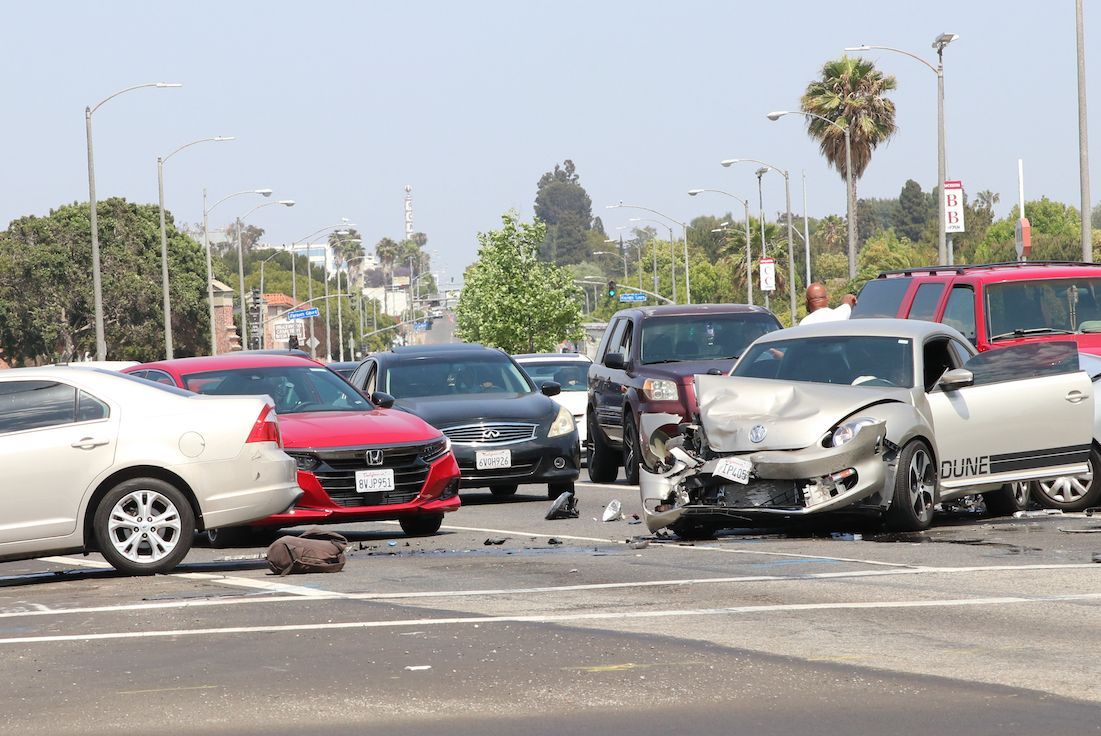
QUICK LINKS
LOCATIONS
Metairie
3621 Veterans Memorial Blvd
Metairie, LA 70002
(504) 345-1111
Hammond
117 E. Thomas St.
Hammond, LA 70401
(985) 345-1111
All Rights Reserved | Mike Brandner Injury Attorneys | Built by REV77
